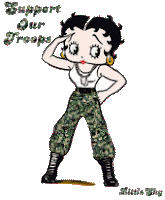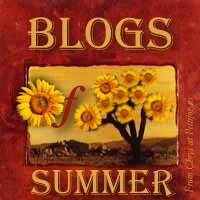Humans Swap DNA More Readily Than They Swap Stories

The tale of the kind and unkind girls is helping researchers understand how new ideas move from culture to culture.
Illustration from Mary Evans Picture Library/Alamy
Published February 6, 2013
Once upon a time, someone in 14th-century Europe told a tale of two girls—a kind one who was rewarded for her manners and willingness to work hard, and an unkind girl who was punished for her greed and selfishness.
This version was part of a long line of variations that eventually spread throughout Europe, finding their way into the Brothers Grimm fairytales as Frau Holle, and even intoShakespeare's The Merchant of Venice. (Watch a video of the Frau Holle fairytale.)
In a new study, evolutionary psychologist Quentin Atkinson is using the popular tale of the kind and unkind girls to study how human culture differs within and between groups, and how easily the story moved from one group to another.
Atkinson, of the University of Auckland in New Zealand, and his co-authors employed tools normally used to study genetic variation within a species, such as people, to look at variations in this folktale throughout Europe.
The researchers found that there were significant differences in the folktale between ethnolinguistic groups—or groups bound together by language and ethnicity. From this, the scientists concluded that it's much harder for cultural information to move between groups than it is for genes.
The study, published February 5 in Proceedings of the Royal Society B, found that about 9 percent of the variation in the tale of the two girls occurred between ethnolinguistic groups. Previous studies looking at the genetic diversity across groups in Europe found levels of variation less than one percent.
For example, there's a part of the story in which the girls meet a witch who asks them to perform some chores. In different renditions of the tale, the meeting took place by a river, at the bottom of a well, or in a cave. Other versions had the girls meeting with three old men or the Virgin Mary, said Atkinson.
Conformity
Researchers have viewed human culture through the lens of genetics for decades, said Atkinson. "It's a fair comparison in the sense that it's just variation across human groups."
But unlike genes, which move into a population relatively easily and can propagate randomly, it's harder for new ideas to take hold in a group, he said. Even if a tale can bridge the "ethnolinguistic boundary," there are still forces that might work against a new cultural variation that wouldn't necessarily affect genes.
"Humans don't copy the ideas they hear randomly," Atkinson said. "We don't just choose ... the first story we hear and pass it on.
"We show what's called a conformist bias—we'll tend to aggregate across what we think everyone else in the population is doing," he explained. If someone comes along and tells a story a little differently, most likely, people will ignore those differences and tell the story like everyone else is telling it.
"That makes it more difficult for new ideas to come in," Atkinson said.
Cultural Boundaries
Atkinson and his colleagues found that if two versions of the folktale were found only six miles (ten kilometers) away from each other but came from different ethnolinguistic groups, such as theFrench and the Germans, then those versions were as different from each other as two versions taken from within the same group—say just the Germans—located 62 miles (100 kilometers) away from each other.
"To me, the take-home message is that cultural groups strongly constrain the flow of information, and this enables them to develop highly local cultural traditions and norms," said Mark Pagel, of the University of Reading in the U.K., who wasn't involved in the new study.
Pagel, who studies the evolution of human behavior, said by email that he views cultural groups almost like biological species. But these groups, which he calls "cultural survival vehicles," are more powerful in some ways than our genes.
That's because when immigrants from a particular cultural group move into a new one, they bring genetic diversity that, if the immigrants have children, get mixed around, changing the new population's gene pool. But the new population's culture doesn't necessarily change.
Atkinson plans to keep using the tools of the population-genetics trade to see if the patterns he found in the variations of the kind and unkind girls hold true for other folktale variants in Europe and around the world.
Humans do a lot of interesting things, Atkinson said. "[And] the most interesting things aren't coded in our DNA
"http://news.nationalgeographic.com/news/2013/13/130206-folktale-europe-human-culture-dna-geography-science/







































